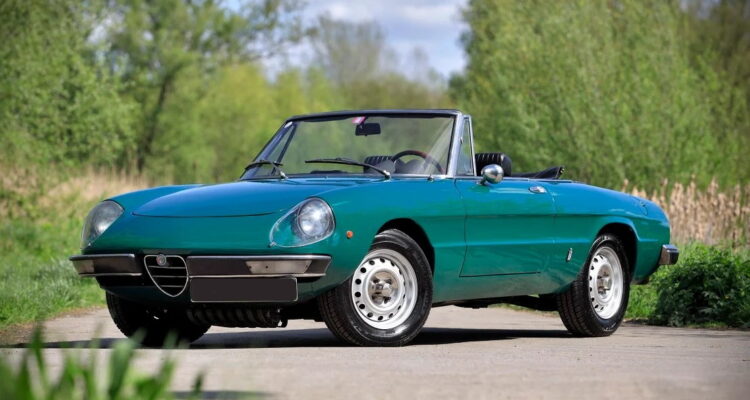TVR Cerbera – The Time is Now
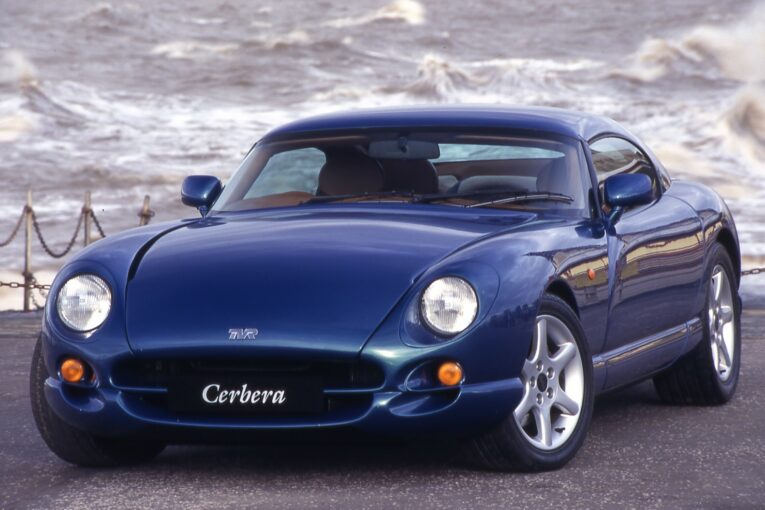
The act of driving is one of life’s simple pleasures. Sliding behind the wheel and being in complete control of a car, especially one as exciting as the TVR Cerbera, evokes early childhood memories of our first forays into freedom; those initial experiences of autonomy that riding bikes or piloting home-made go-karts permitted. Powerful emotions indeed but ones that have been somewhat quelled by the modern motor. New cars, with their lane assist modes, dynamic stability control and collision intervention systems, to name but three contemporary driver aids, have robbed us of the very thing that makes driving so much fun. Who wants to be a passenger in their own car? It’s fun the first time someone else drives and you get to experience a different perspective while uttering “I’ve never sat on this side before” but the novelty soon wears off and you’re itching to be back behind the controls where you belong.
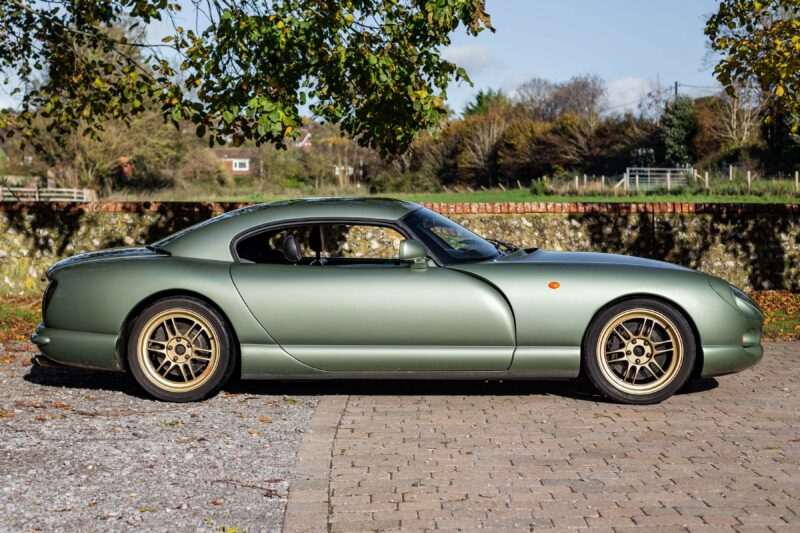
Classic cars provide an opportunity to retain that unhindered sense of involvement, and that’s exactly how we see most modern driver aids here at Car & Classic – as a hindrance. Yes, things like ABS and some forms of traction control can be useful, as well as life saving in some instances, but most of these systems, like those mentioned above, are superfluous and diminish that pure driving pleasure we just talked about. We had our first run in with lane assist recently in a hire car and it was the single most jarring, hateful driving experience we’ve ever had to endure, and we’ve been behind the wheel of all and sundry for a LONG time. So invasive and counter-intuitive was it that we had to immediately pull over and figure out how to turn the damn thing off.
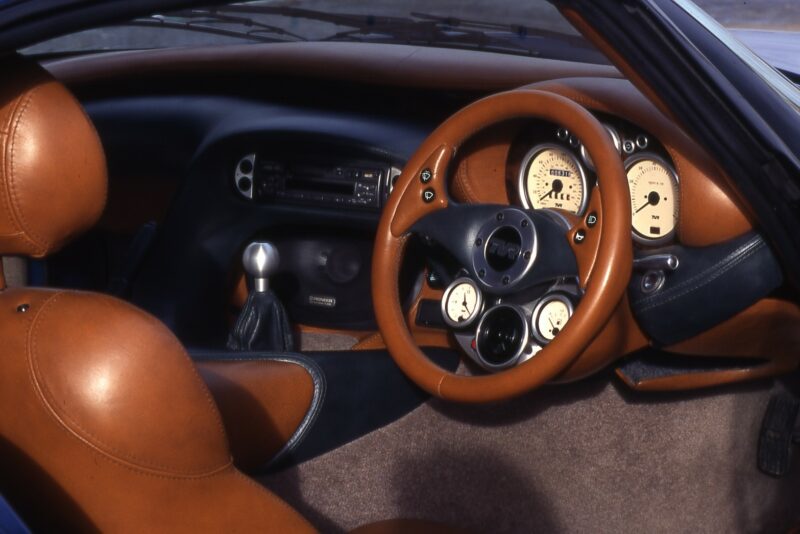
What we’re trying to say here is that we prefer a more analogue driving experience. If we want to cut across a lane in order to get a better line on a quiet country B-road or perhaps peel out of a T-junction because we’re feeling a little yobbish then that is our decision and our decision alone and one car that allows you to do both of these things with aplomb and in sublime style is the TVR Cerbera.
An Introduction to the TVR Cerbera
The bonkers British firm founded by Trevor Wilkinson has been making sublime sports cars since the late ’50s when its first production effort, the Grantura, hit the streets. Renowned for being a little bit left field when it comes to design choices, many a TVR has captured the hearts and minds of petrolheads the world over, not least of which being the Cerbera.
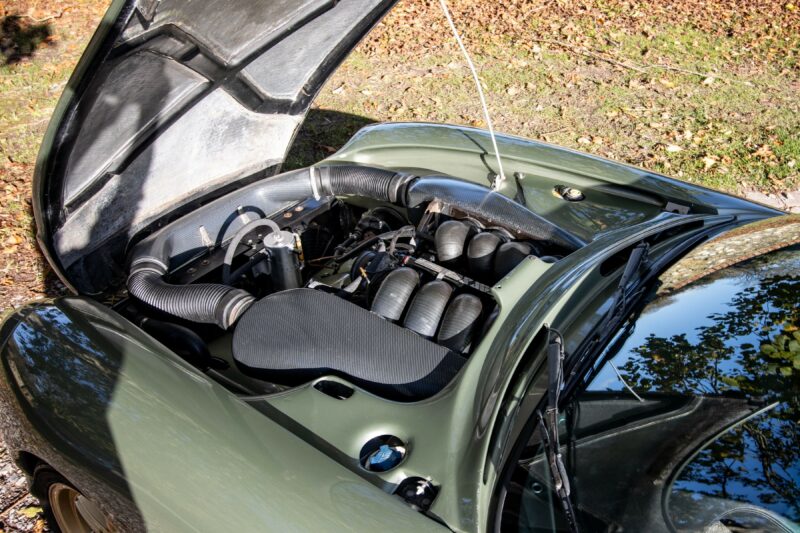
Unveiled in 1996 the Cerbera was the very first 2+2 that TVR had produced. Not only that but it was also the first of the bunch to feature an engine developed completely by the engineers at TVR itself and to say that they got it right would be quite the understatement. Designed by F1 engineer Alwyn ‘Al’ Melling, the V8 motor that TVR produced was nothing short of sensational. Lightweight, and compact with a 75 degree flat-plane crank, the 4.2-litre engine, in its original form, spat out 360bhp, and in a car that weighed just 1,100kg that meant a power to weight ratio of bloomin’ fast. The car’s blistering performance was beautifully illustrated by Jeremy Clarkson when he drag raced a Cerbera against some of the fastest production cars of the time back in the mid ’90s, with the TVR decimating all over the quarter mile.
As if 360bhp wasn’t enough power, a later 4.5-litre version of the engine was offered that produced 420bhp soon followed by the top of the line “Red Rose” variant that utilised a different engine map (toggled by an unmarked button on the dash) that pushed peak power to 440bhp with 402lb ft of torque, which in case you didn’t know is enough to turn back time. There was also a 4.0-litre six-pot offered later but all versions were front-engined, rear-wheel drive and utilised a five speed manual gearbox. The only driver aids here ladies and gentlemen, are your hands and your feet. Perfection.
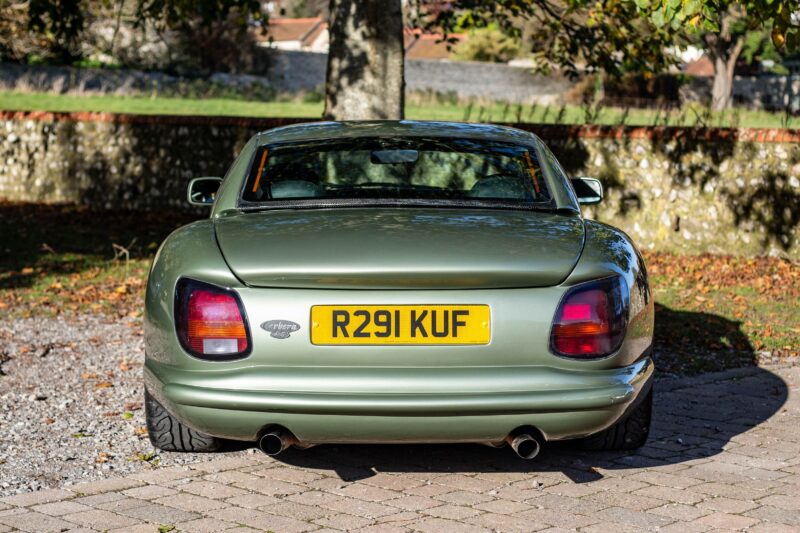
What Should I Look For?
Before we get into any specifics here it’s important to mention that you should try and buy the best Cerbera that you can afford. Yes these cars have a bit of a reputation for being unreliable and while that may have been well-earned back in the day the earliest models are getting on for 30 years old now and so most, if not all issues have been dealt with and the kinks have been smoothed out – which is why it’s important to find one that not only has a well documented history but has also been enthusiast owned.
The 4.0-litre six-cylinder engines as well as early 4.2s had a tendency to go pop so try and pick one that a) has already had a rebuild and b) has been carried out by a reputable specialist like Str8Six, for example. Chances are it’s already been done and some other poor sod has had to shoulder the bill, which is good news for any aspiring Cerbera owner today but it’s definitely something to be aware of.
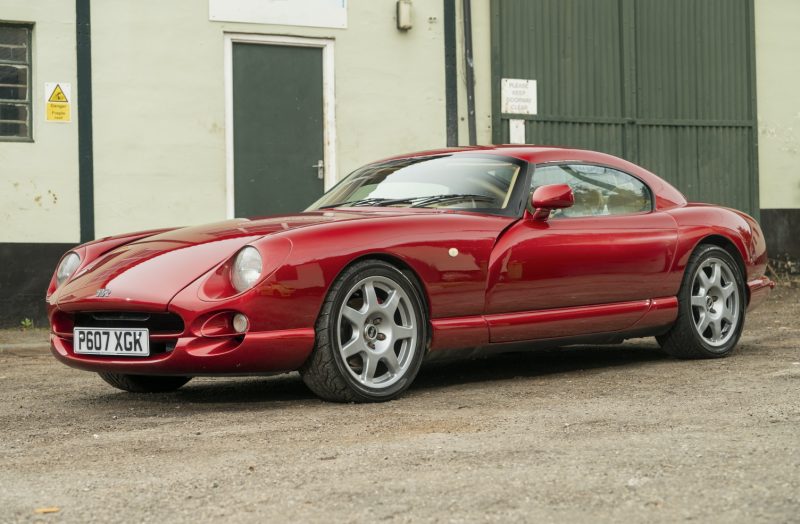
The Borg-Warner T5 gearbox is pretty bombproof but the clutch can be a weak point. These are incredibly powerful cars and the urge to launch is difficult to repress. Too much hooning will take its toll on the clutch so make sure everything is tickety-boo and try to pull off in higher gears to check for slippage when test driving.
Again, these are powerful, rear-wheel drive cars with no traction control which makes them incredibly easy to get sideways, intentionally or otherwise, and many a novice has come a cropper from being too heavy footed. Check the chassis for any signs of damage or repairs and make sure the shut lines are even across the board. While you’re down there check for any rust, too. The powder coating on the chassis has a habit of peeling off exposing the bare metal to the elements. The fibreglass body suffers no such fate but do inspect it for any hazing, lacquer peel or dodgy repairs.
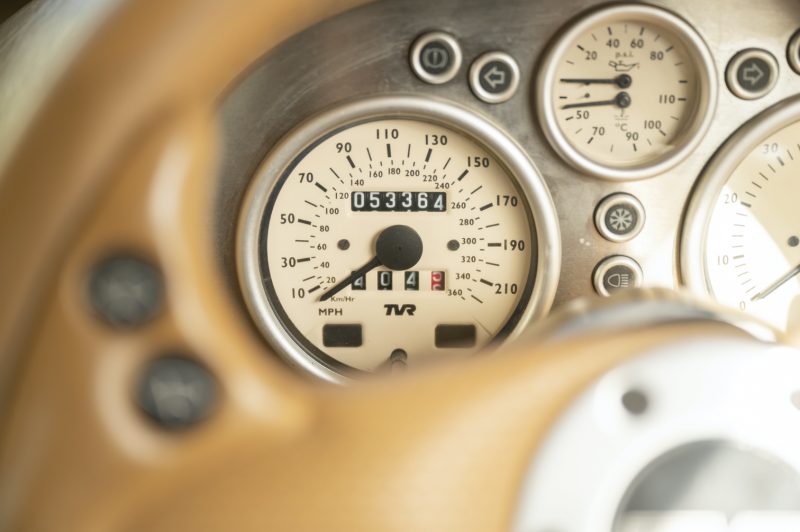
With more gremlins than Kingston Falls TVR electrics have a bit of a rep for being not quite up to par. Particularly cantankerous are things like the electric windows and door opening buttons and issues with actually starting the car can likely be traced to the electrical system. The good news is most of it is fairly cheap and easy to repair so it shouldn’t be a deal breaker. Water ingress into the cabin can be a problem too, normally from decrepit door seals, so check for any signs of damp or mould inside the car.
What Are Prices Like?
Prices had flattened out a few years ago but they are beginning to rise now. The TVR Cerbera still represents good value though and you do get a hell of a lot of bang for your buck. You’re unlikely to find anything under £20,000 nowadays and even if you did it would probably be wise to ignore it. Average values are around the £25K mark but again, and not to sound like a broken record here, buy the best you can afford, regardless of colour and even engine, unless you really are stuck on a V8. The six-pots are still brutally fast.

£30,000 and up will see the best of the 4.2 and 4.5-litre cars and sitting at the top of the pile are the aforementioned Red Rose models and the cream of that crop will be north of £40K, but that’s still incredibly cheap for a bona fide super car slayer. It’s also worth ensuring that your coffers are suitably topped up every year because proper servicing, and you’re going to want to spend the money here, can be a bit pricey.
Why Should I Buy One?
The TVR Cerbera is Champagne motoring for lemonade money. A rare, hand-built British sports car with muscular looks and a standout interior for the price of a new, base model Ford Focus? What’s not to like? The Cerbera is a pure, visceral and beautifully analogue thrill ride of speed, acceleration and noise but without the need to remortgage your house. The team at TVR knew exactly what they had made with the Cerbera, as well as who they were targeting. The first page of the owners manual not only advises owners to be slow in and quick out – a racing term – but also asks them to have fun, and that’s exactly what the TVR Cerbera allows, nay, positively encourages you to do.
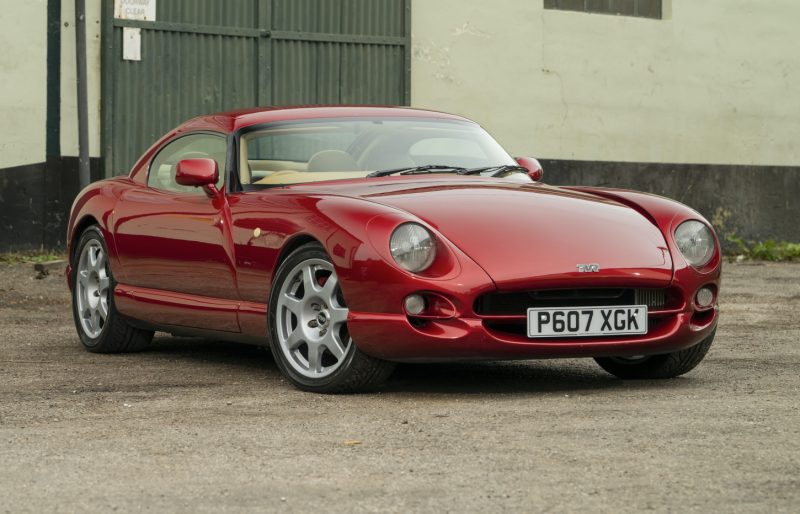
A TVR Cerbera is not for the faint of heart. Learn to tame it though and the rewards are boundless, so why not take a look at the myriad models we have available right here at Car & Classic? Ask yourself, really, would you rather dive a modern, tech-laden bore fest or pilot a truly thrilling, analogue ’90s rocket ship? We think we already know the answer to that one…

